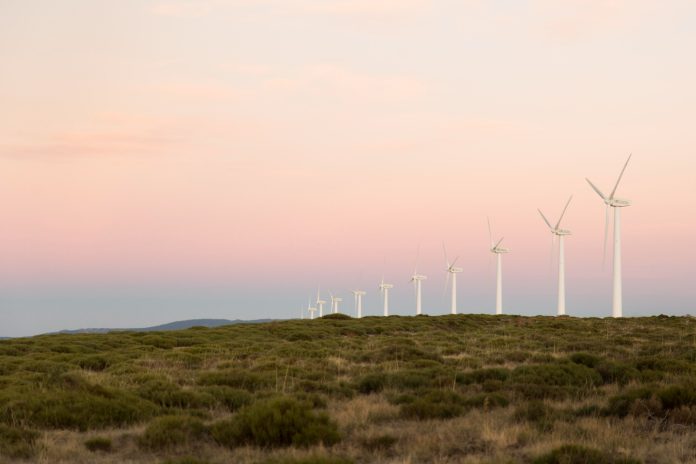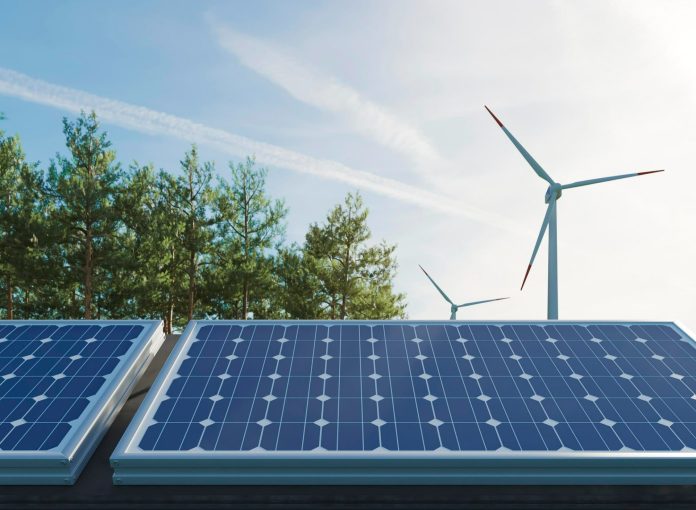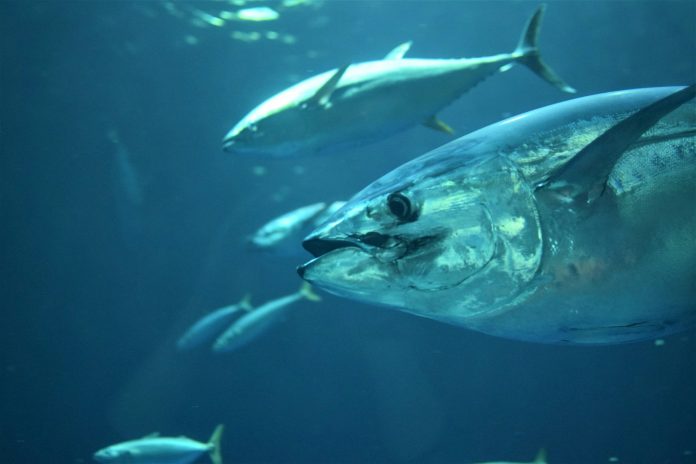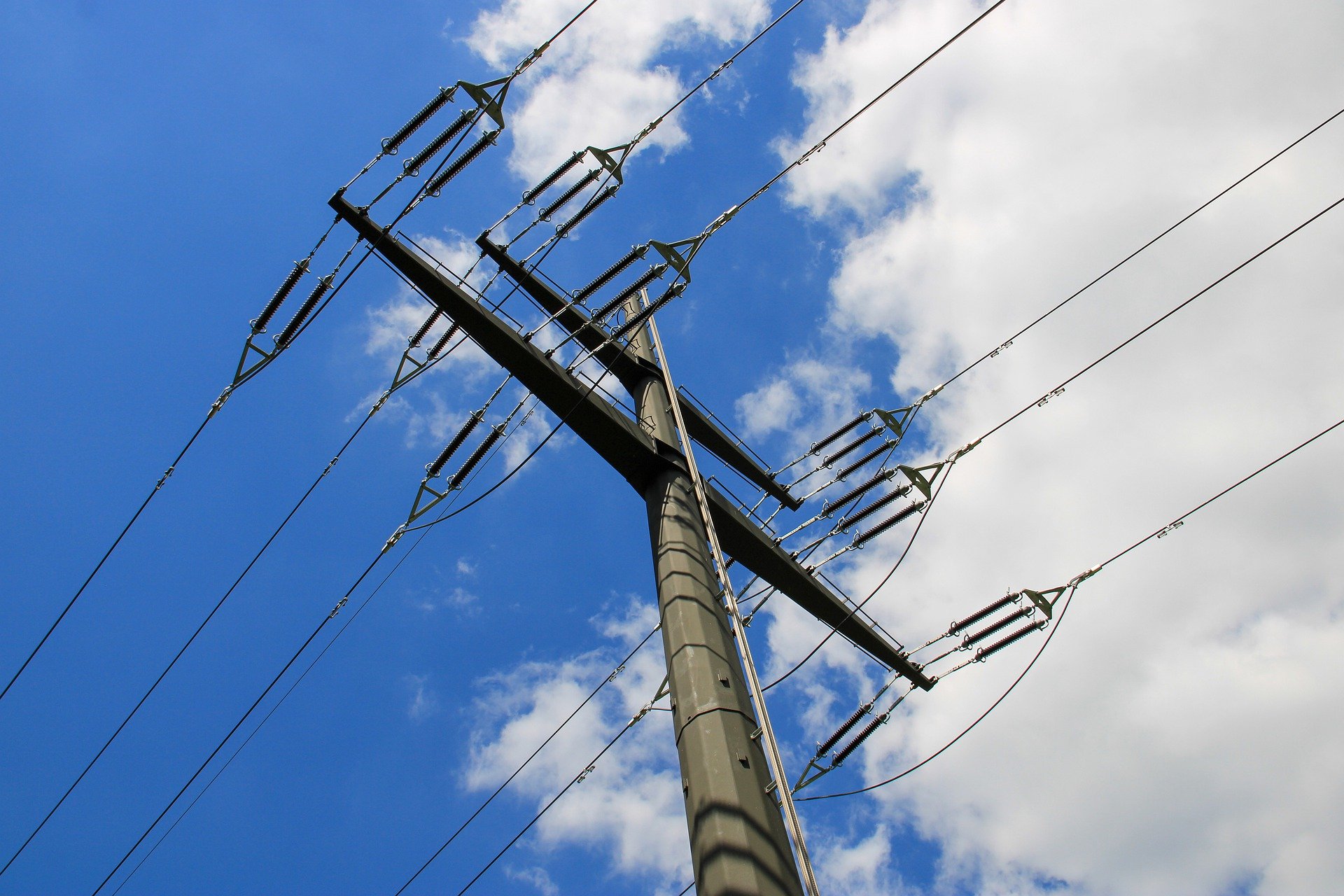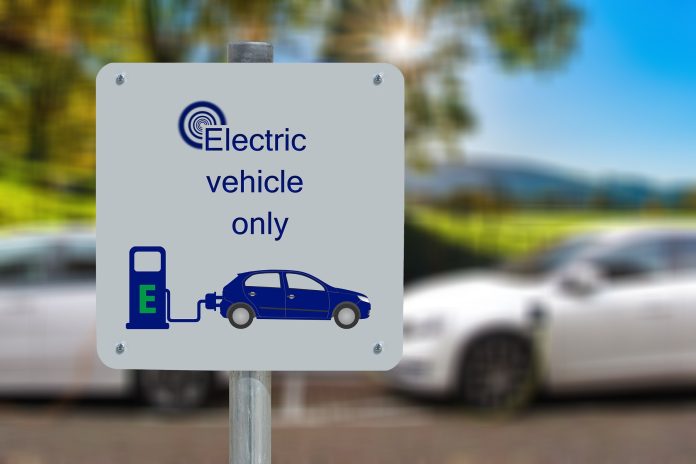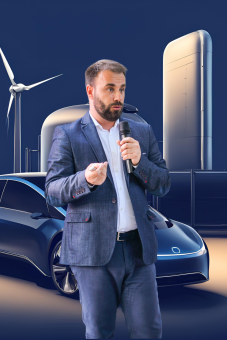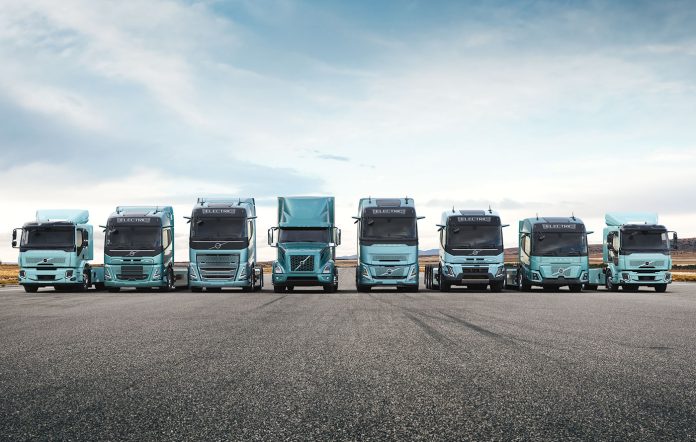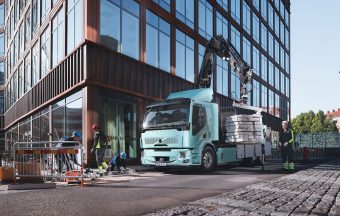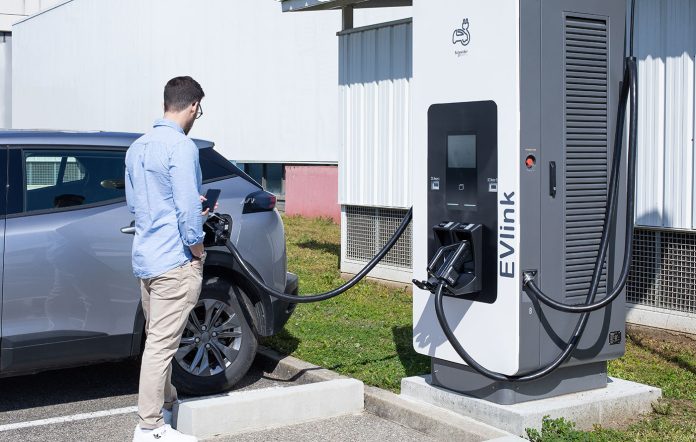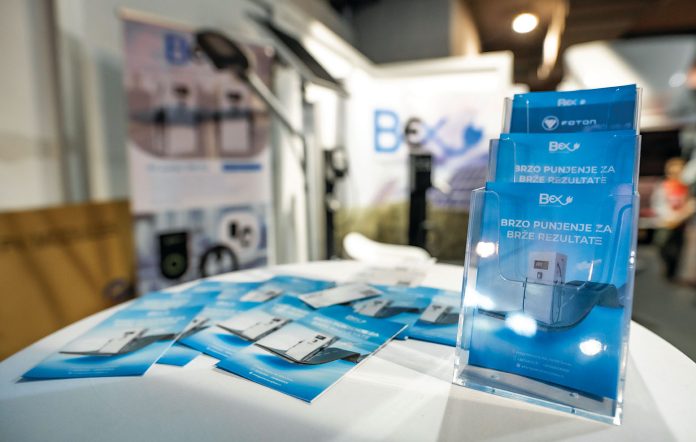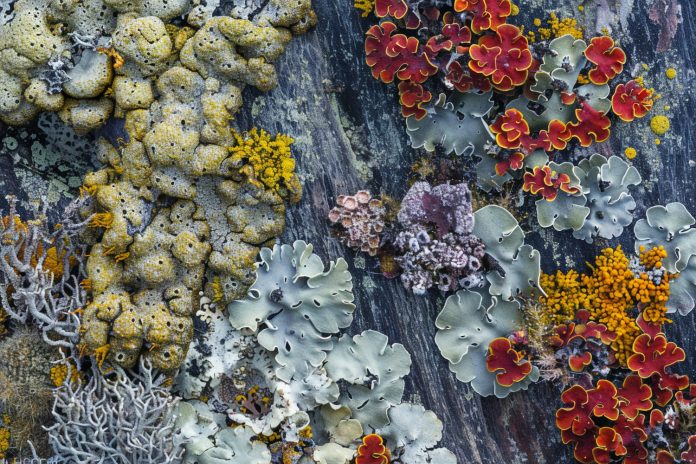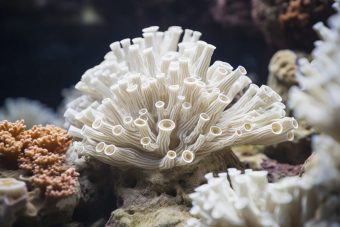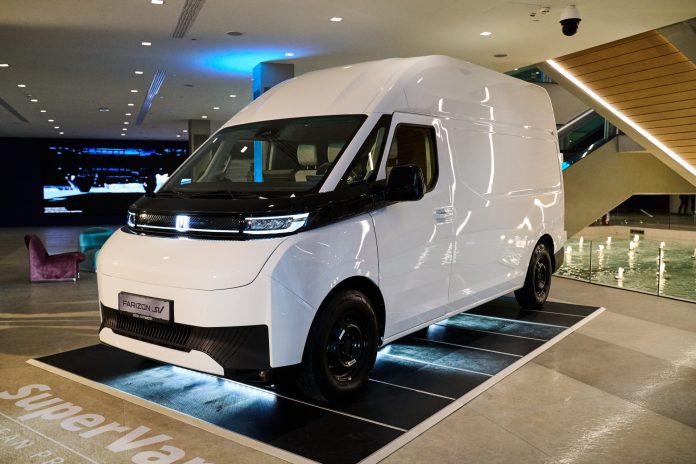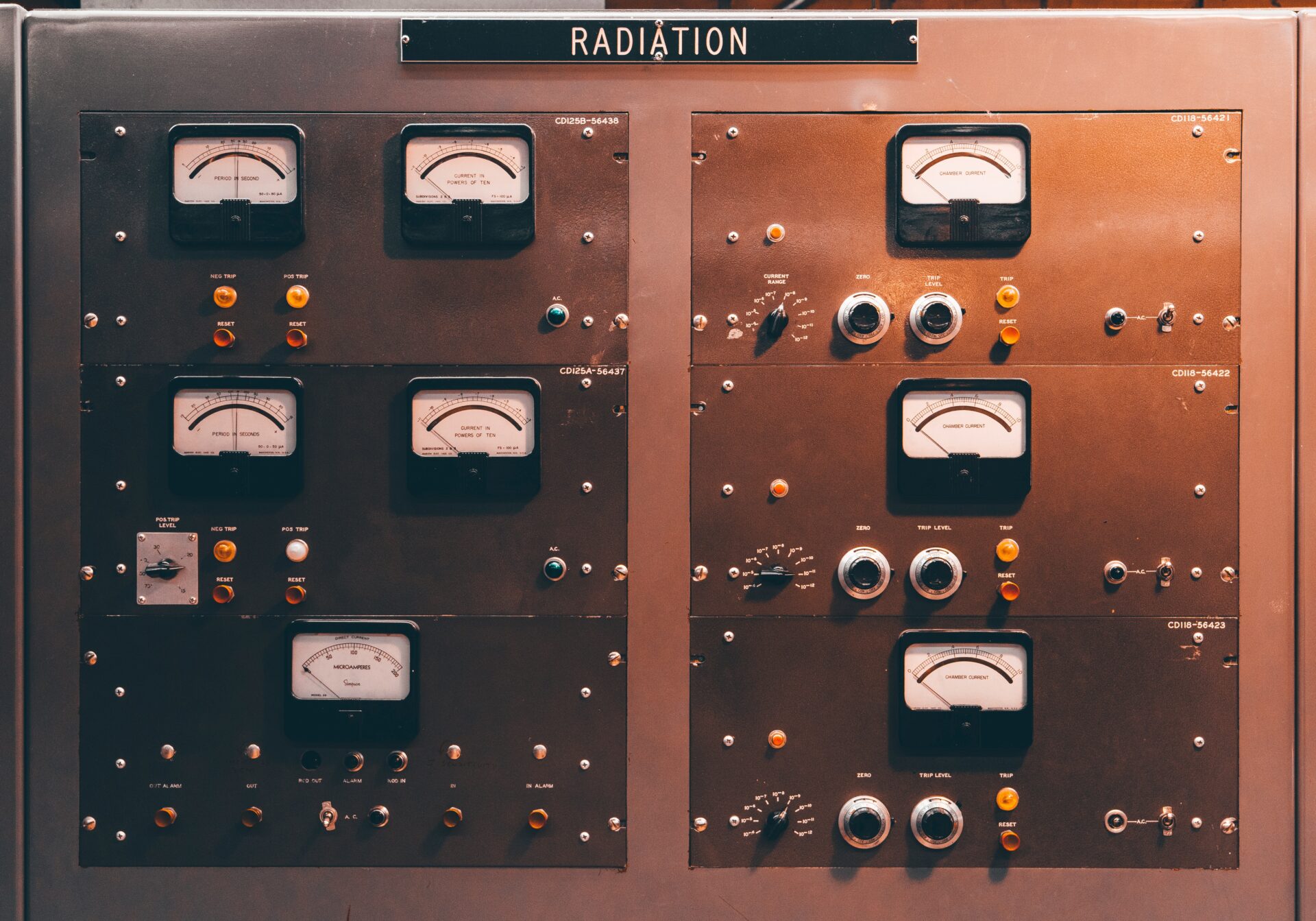How much has been achieved so far, how much potential is yet to be unlocked, what role can wind play in transforming the energy system, and what is its contribution to the energy transition, economic growth, and job creation – these are the topics being discussed around the world today, on Global Wind Day, June 15.
Initiated by the European Wind Energy Association (EWEA), now known as WindEurope, Global Wind Day was first celebrated in 2007. After the Global Wind Energy Council (GWEC) joined the initiative, the event became global in 2009.
This year, in addition to the importance of wind energy itself, the focus is also on the people who make up the wind industry. In Europe, this industry currently employs 370,000 people, and if the European Union meets its targets for capacity expansion, that number could grow to 600,000 by 2030.
According to data published on the official Global Wind Day website, the installation of each new turbine contributes an average of 16 million euros to the European economy.
More:
- Wind Farms Alibunar 1 and 2 Bring New Energy to Serbia
- Continuation of the UK Offshore Wind Capacity Expansion Programme
- China Surpasses Wind and Solar Targets Ahead of Schedule – What Comes Next in Its Energy Transition?
Although it began as an onshore energy source, the wind industry is increasingly expanding offshore. All previous efforts led to the milestone of 1 terawatt (TW) being reached in 2023, while an additional 127 gigawatts (GW) were added in 2024 alone – making it the most successful year to date in terms of new wind power installations.
Currently, wind accounts for 20percent of Europe’s electricity consumption. The targets for the coming years include an increase to 35percent by 2030 and more than 50 percent by 2050.
While wind energy has made significant progress, the goals set for the future remain highly ambitious. Achieving them will require coordinated support and collaboration among various stakeholders – from policymakers and industry to educational institutions and local communities. One of the key challenges will be training 200,000 new professionals who will contribute their knowledge and skills to the continued growth of this sector.
Global Wind Day is an opportunity not only to reflect on past achievements but also to open a dialogue on the steps needed to ensure that wind energy continues to develop toward a sustainable and just energy future.
Energy portal


